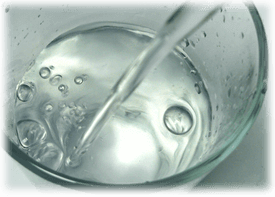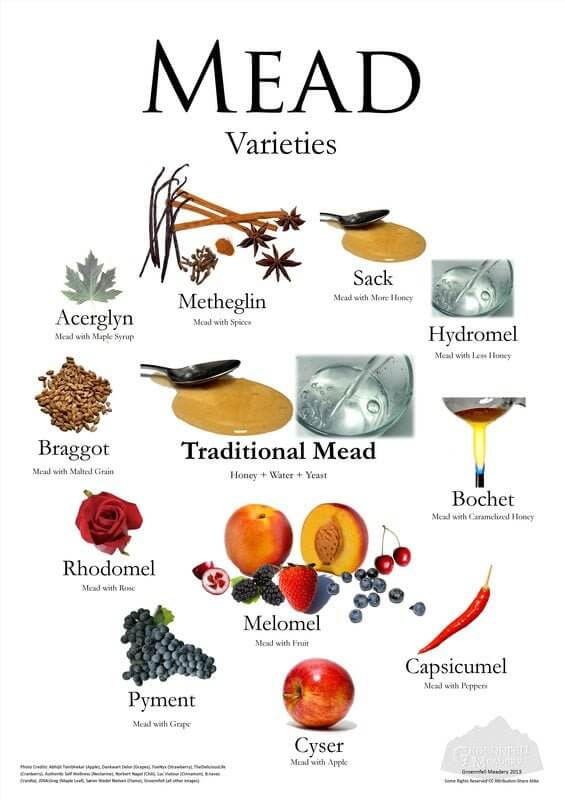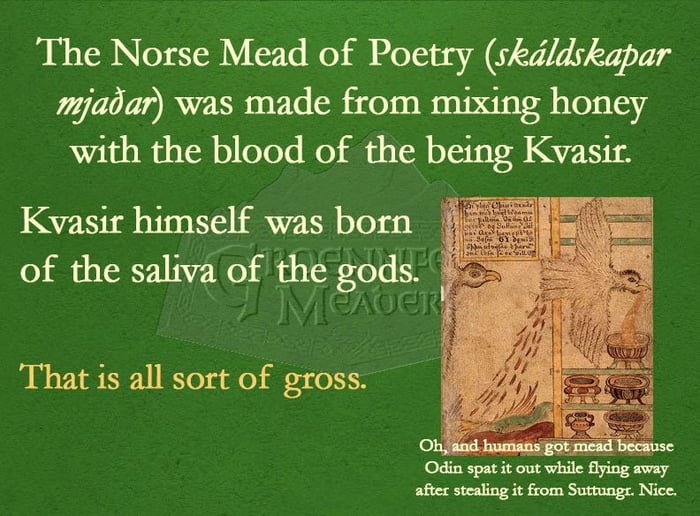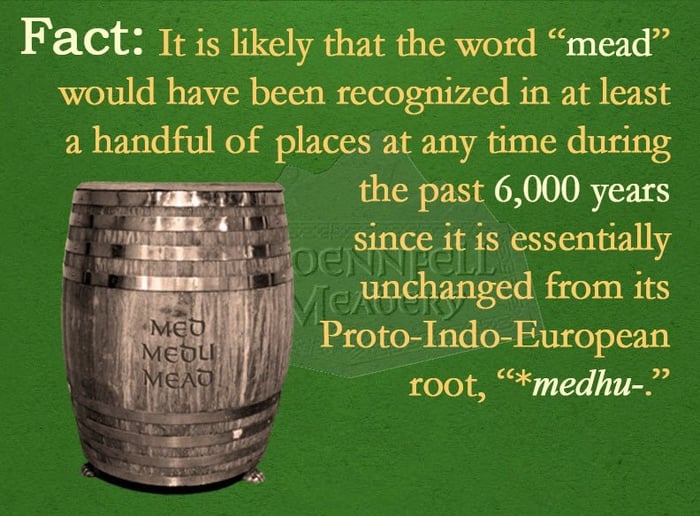
When people want to make their first batch of mead they often go one of two places for their water: The Grocery Store or The Tap. Both of these are fine sources for water if you know what you’re looking for.
In case you don’t want to get into all the geekiness, there is a quick way to tell if your water is going to work for a batch of mead: If it’s good to drink, it’s good to brew. Do you filter your water at home? Then filter it for your mead. Do you drink it right out of the tap? Then go ahead and use tap water for your brew. If you do want to get your aqueous geek on, however, keep reading.
What you don’t want:
- Water that has a distinctive aroma. Whatever your water smells like (plastic, leaves, rust, etc.) your mead will probably smell like that too.
- Water that has a distinctive aroma especially if it’s chlorine. Chlorine can turn into chlorophenols through the metabolic activity of yeast. Chlorophenols smell like 1970s Band-Aid Brand adhesive bandages. Ew.
- Distilled water. Distilled water lacks the minerals that your yeast needs to be happy, and it can also produce a flaccid mead. Try drinking mineral water and distilled water side-by-side and it can give you an idea. There’s a new book out, Water by John Palmer, for the Super Geeks.
- Water that has any microbial activity. This should go without saying, but if you get well water that may have algae or any other little buggies in it, Don’t Use It.
What you do want:
- Water that has a good taste. If it’s really good water to drink (crisp and clean tasting) then it’s the first step in making good mead.
- Something reasonably priced. If you’re going to be making a lot of mead the cost of the water can add up. Remember that in the United States bottled water costs between 300 and 5000 times more than tap water. [Source]
- Something consistent. If your water source and treatment changes seasonally (as it does in many parts of the US) your mead will vary, sometimes discernibly. This is only a problem if consistency is something that matters to you.
- Just to put it out there: It’s interesting to note that there are thousands more people monitoring tap water in the US than bottled water (70% of which is even exempt from FDA oversight).
- Oxygen. Water has relatively little dissolved oxygen in it when it comes through our taps and almost none if you boil it. Remember that if you do anything to push the O2 out, you’ll need to find a good way to put it back in (shaking, oxygen stone, or whatever floats your boat).
And, last but not least, on a completely separate note: Did you know that the “water, water everywhere” quote is one of the most misquoted lines in our language? It is not completed “but not a drop to drink.” The entire stanza reads as follows:
Water, water everywhere,
And all the boards did shrink.
Water, water everywhere,
Nor any drop to drink.
Just in case you didn’t know.





